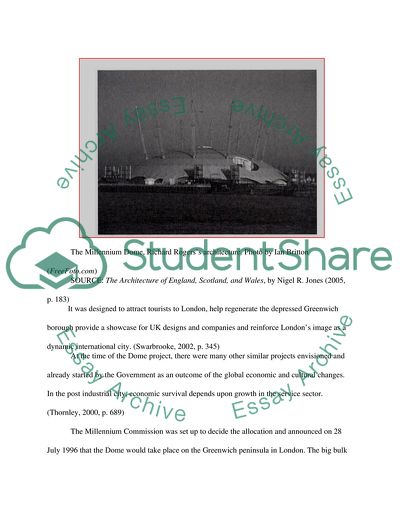Cite this document
(“The Millennium Dome Project Research Paper Example | Topics and Well Written Essays - 2500 words - 1”, n.d.)
The Millennium Dome Project Research Paper Example | Topics and Well Written Essays - 2500 words - 1. Retrieved from https://studentshare.org/engineering-and-construction/1738447-report
The Millennium Dome Project Research Paper Example | Topics and Well Written Essays - 2500 words - 1. Retrieved from https://studentshare.org/engineering-and-construction/1738447-report
(The Millennium Dome Project Research Paper Example | Topics and Well Written Essays - 2500 Words - 1)
The Millennium Dome Project Research Paper Example | Topics and Well Written Essays - 2500 Words - 1. https://studentshare.org/engineering-and-construction/1738447-report.
The Millennium Dome Project Research Paper Example | Topics and Well Written Essays - 2500 Words - 1. https://studentshare.org/engineering-and-construction/1738447-report.
“The Millennium Dome Project Research Paper Example | Topics and Well Written Essays - 2500 Words - 1”, n.d. https://studentshare.org/engineering-and-construction/1738447-report.


